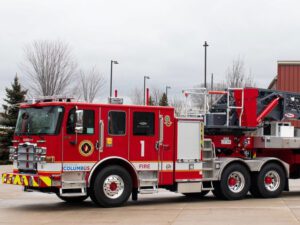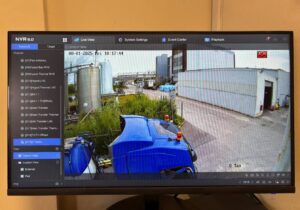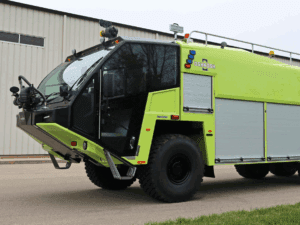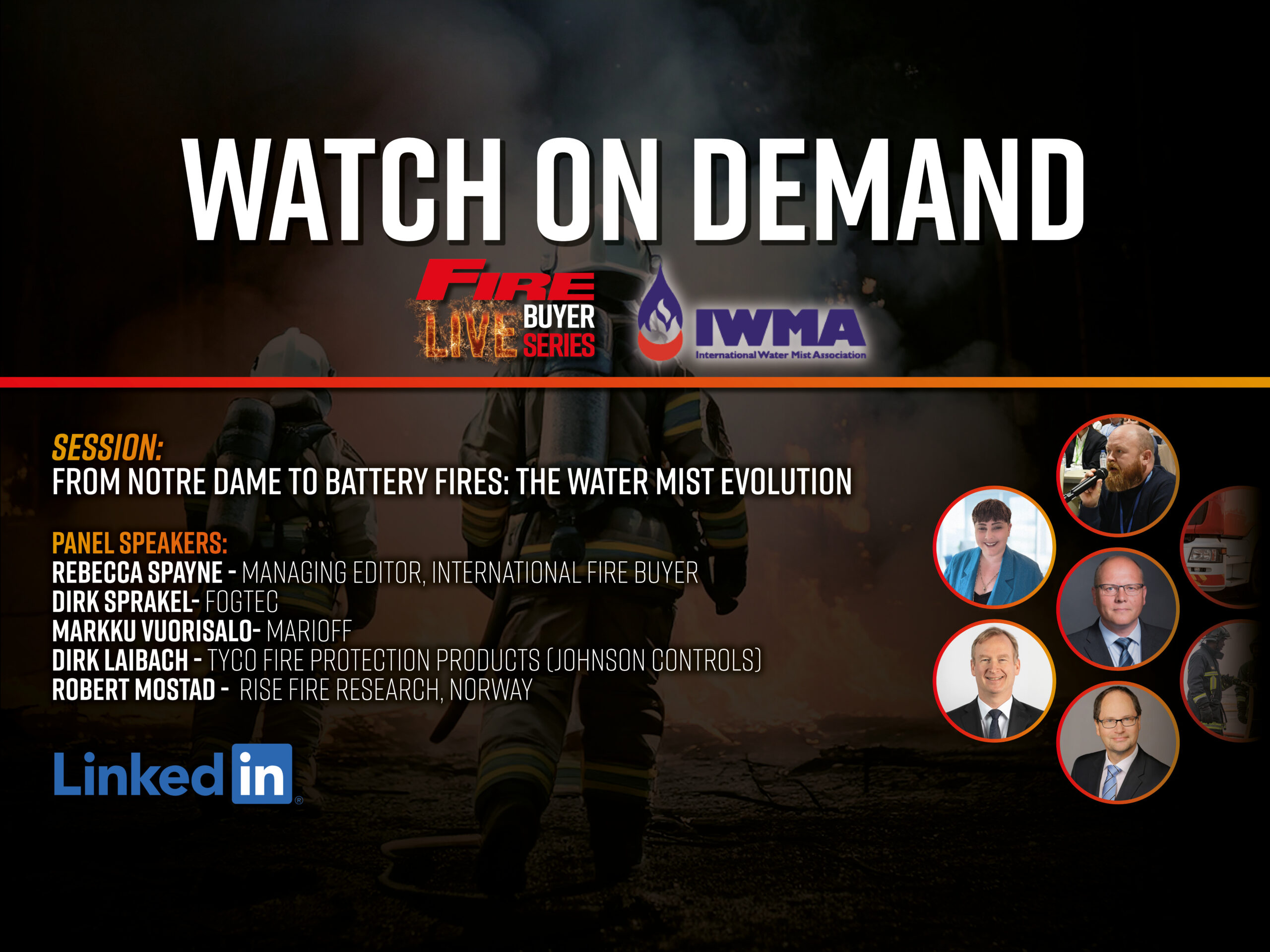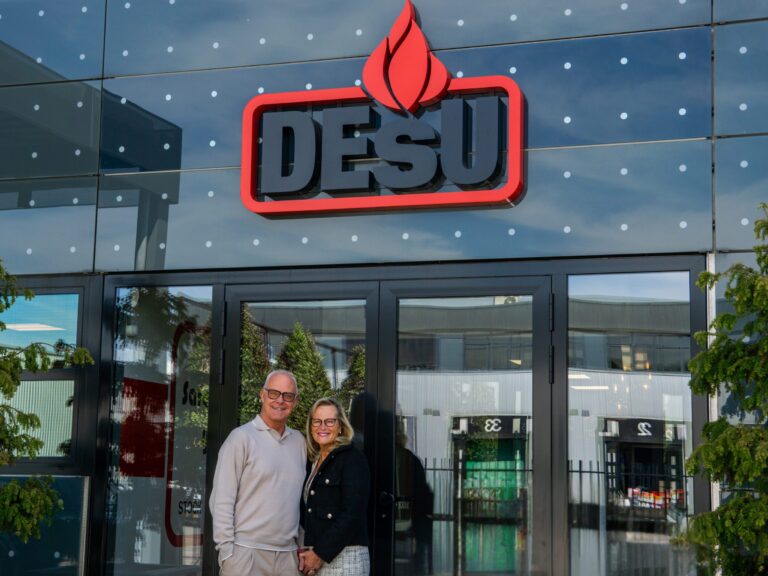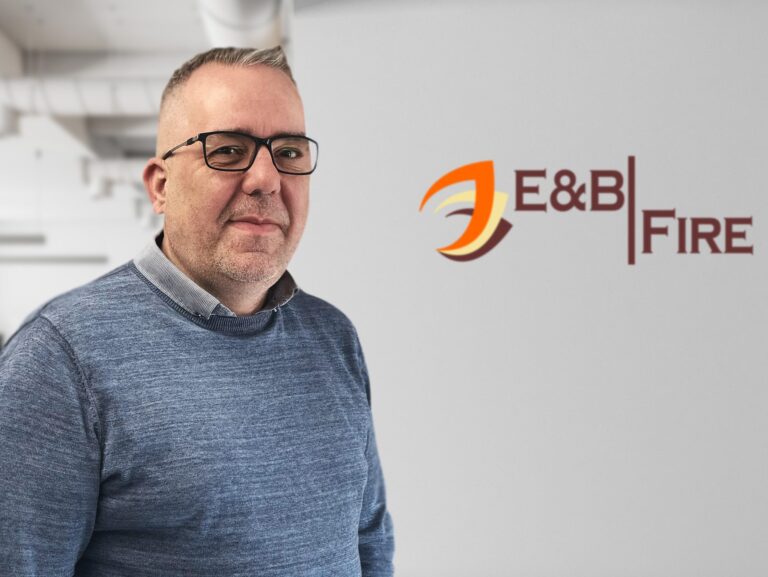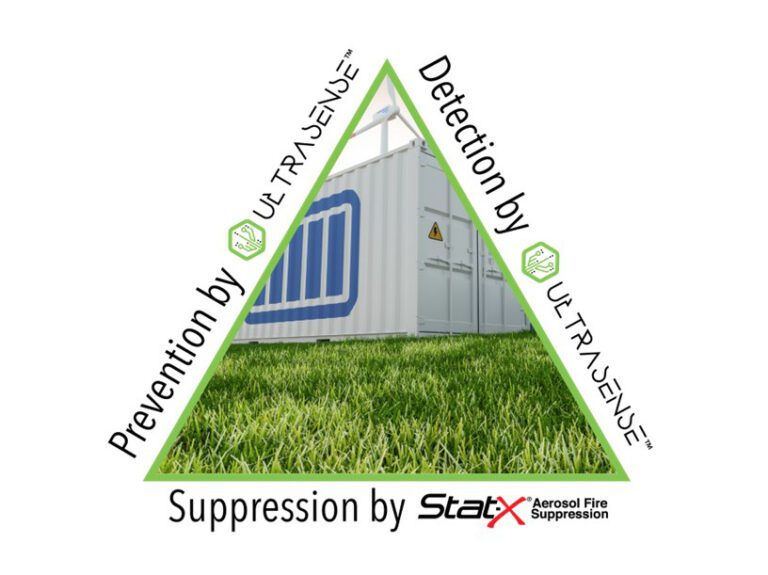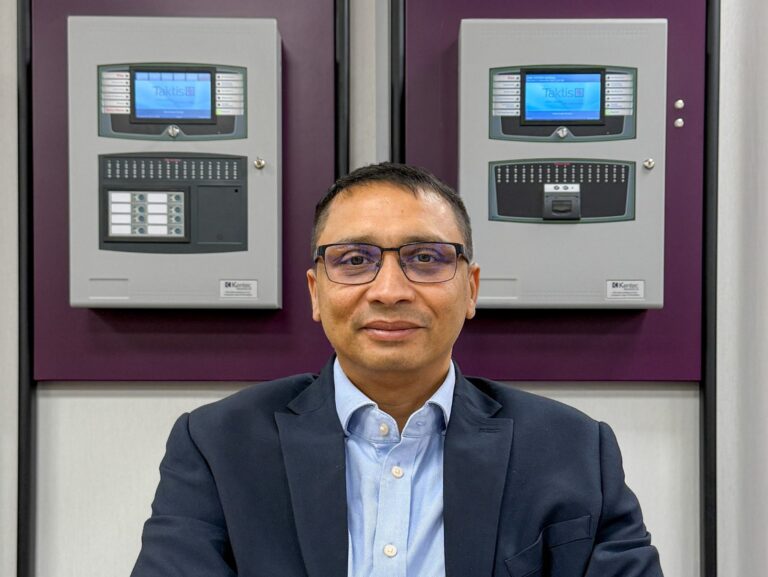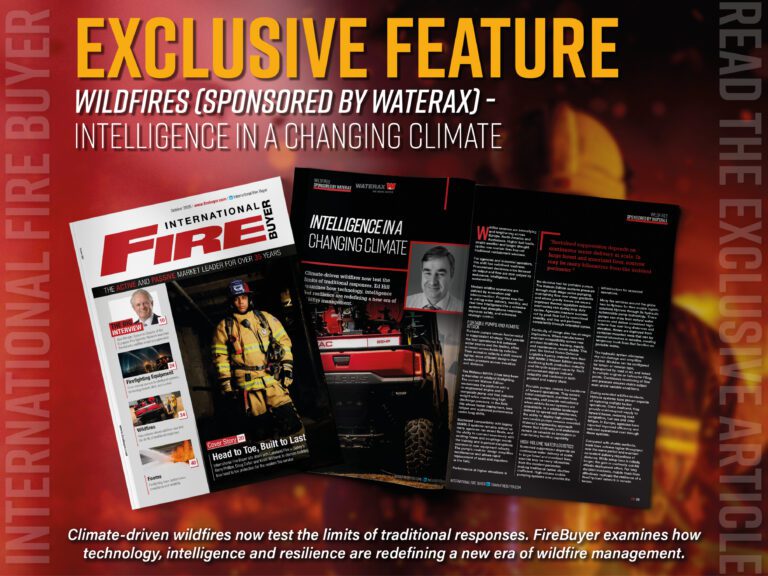When seconds matter and damage is not an option, water mist stands at the forefront of precision fire suppression. Joseph Clarke explores the technology’s evolution, its modern-day applications, and the companies redefining protection under pressure.
In many of today’s most high-stakes environments—from power plants to data centres, offshore platforms to heritage buildings—the expectations placed on fire suppression systems are higher than ever.
These are not spaces where drenching everything in water or flooding a room with chemical agents is acceptable. These are environments where a fire must be stopped fast, precisely, and with minimal collateral damage.
As asset density increases and automation becomes more deeply integrated into infrastructure, the fire load risk rises even as human presence on-site decreases. In many cases, the first line of defence must now be automated, instantaneous, and seamlessly integrated with control systems. Water mist’s unique properties have emerged as an answer to that challenge.
Water mist doesn’t just suppress fire—it does so while addressing many of the limitations found in traditional gas or sprinkler systems. Its ability to atomise water into micro-droplets enables rapid heat absorption and oxygen displacement, significantly reducing flame temperature and spread while using far less water than conventional methods. The result: less water damage, quicker recovery, and a safer environment for people, equipment, and operations.
And critically, water mist systems operate effectively in a wide variety of scenarios: localised or total flooding, low or high pressure, and with flexible piping options for retrofit or new build alike. That versatility is part of what makes them so attractive in industries as varied as manufacturing, transport, and defence.
It is in these pressurised, mission-critical contexts that a new generation of water mist solutions has emerged—technologies designed not only to extinguish, but to preserve, protect and perform under duress.
Increasingly, the growing complexity of built environments is driving a need for suppression solutions that can adapt to unpredictable risk profiles. As urban centres densify and mixed-use structures combine commercial, residential, and industrial functions, fire safety strategies must become more nuanced.
Water mist, with its low collateral impact and versatility across multiple fire classes, offers a solution that is as relevant to a data centre as it is to a transport hub. It is this flexibility—to be both gentle and powerful—that positions mist as a modern tool for a multi-risk world.
Unlike conventional sprinkler systems that rely on deluge volumes and gravity-fed coverage, water mist technology atomises water through specially engineered nozzles, breaking it into fine droplets typically smaller than 1000 microns. This increase in surface area allows for faster heat absorption and the creation of a localised steam layer that displaces oxygen and suppresses combustion.
The physics are elegant: smaller droplets create more surface area, enabling faster heat extraction and creating a suffocating layer of vapour around the fire. But more than that, the droplets are fine enough to stay suspended in the air—meaning mist can permeate hard-to-reach areas, around obstructions, and even into ventilation systems.




